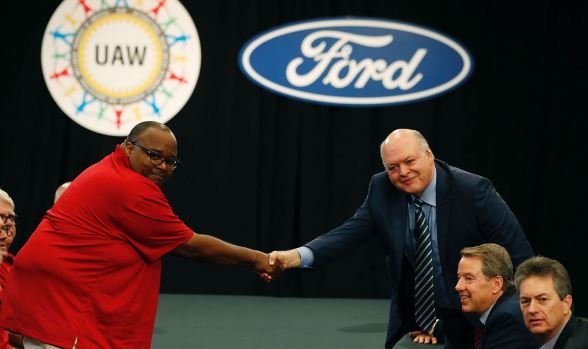The UAW history is a testament to the power of collective action and perseverance.
Reuters, September 24 – Ford Motor (F.N) stated on Sunday that while there have been improvements in some areas, there are still “significant gaps to close” on important economic concerns before it can come to a new labor agreement with the United Auto Workers union. It stated in a late-night statement following meetings over the weekend that the “issues are interconnected and must work within an overall agreement that supports our mutual success.” The UAW did not immediately respond to a request for comment after citing “real progress” in discussions with the No. 2 U.S. carmaker on Friday.

In contrast to Ford, the UAW has extended their strikes to 38 parts distribution centers nationwide for General Motors (GM.N) and Stellantis, the parent company of Chrysler (STLAM.MI). It was unclear right away whether the GM and Stellantis and main table bargained over the weekend.
After the previous four-year labor agreements expired on September 15, the UAW started unprecedented, simultaneous strikes at one assembly plant in each of the Detroit Three. About 5,600 more workers joined the 12,700 who were already on strike on Friday as a result of the strikes at additional GM and Stellantis locations.
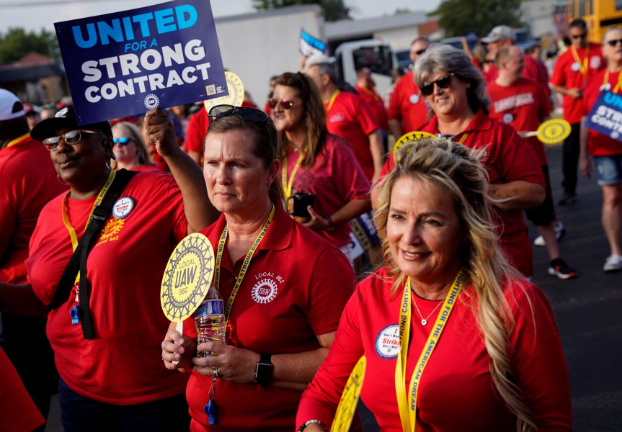
Also Read: In The Expanding Tech War, Amazon Is Investing Up To $4 Billion In The AI Startup Anthropic
Shawn Fain, president of the UAW, stated on Friday that Ford had improved its contract offer by increasing profit sharing and allowing workers to walk out in protest of factory closures, but that the union still had important concerns to address.
The United Automobile Workers is requesting 40% raises along with 32-hour work weeks, the reinstatement of defined benefit pensions, and the elimination of wage gaps dividing younger and older employees, while the Detroit Three automakers have proposed 20% raises over 4-1/2 years.
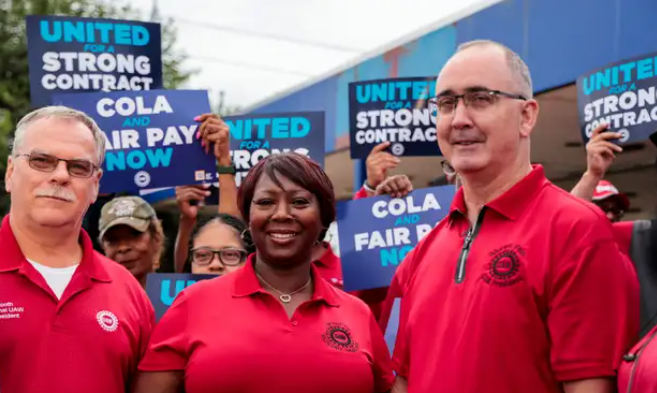
President Joe Biden will travel to Michigan on Tuesday to support workers and visit a UAW picket line, and President-elect Donald Trump, who is running for re-election, will talk about the UAW strike in Clinton Township, Michigan, on Wednesday.
GM claimed last week that a components shortfall brought on by the strike prompted them to shut down its Kansas auto plant, forcing it to temporarily lay off 2,000 Kansas workers. Last week, Stellantis temporarily lay off 68 employees in Ohio, and the company anticipates furloughing an additional 300 employees in Indiana as a result of the strike.
A Journey Through UAW’s History
Welcome to a fascinating journey through the United Automobile Workers’ (UAW) illustrious past. This study will go deeply into the history of this illustrious labor union, examining its genesis, significant turning points, and enduring influence on the American labor movement and the automobile sector. Get ready to set off on a historical journey that reveals the UAW’s extraordinary legacy.
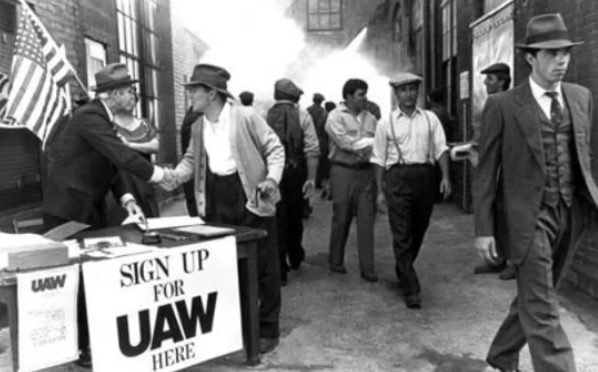
The Birth of UAW
The United Automobile Workers’ founding dates to the early 1930s, a time of intense economic upheaval and significant labor unrest. Autoworkers had to endure unpleasant working conditions, pitiful pay, and no job security as the Great Depression engulfed the country. The seeds of unionization were sown during these difficult times.
Formation and Struggles
The UAW was formally established in 1935, with Walter Reuther as its charismatic head. As autoworkers banded together to demand fair treatment and better working conditions, a series of turbulent strikes and labor conflicts gave birth to the union. This signaled the start of a profound change in the automotive sector.
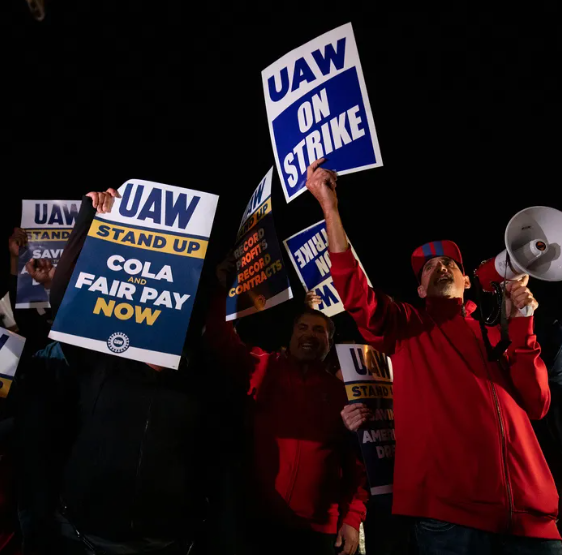
UAW’s Role in Labor Rights
Landmark Achievements
The UAW rose to prominence swiftly thanks to its ground-breaking labor rights accomplishments. The Flint Sit-Down Strike of 1936–1937, a historic occurrence that cleared the path for collective bargaining in the auto industry, was one of its most noteworthy victories. This significant strike cemented the UAW’s position as a powerful advocate for workers’ rights.
imiage source: google







